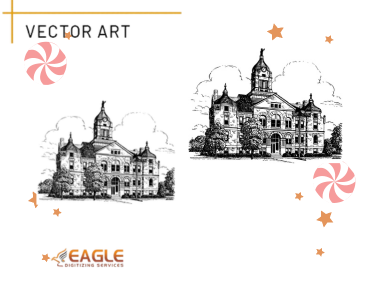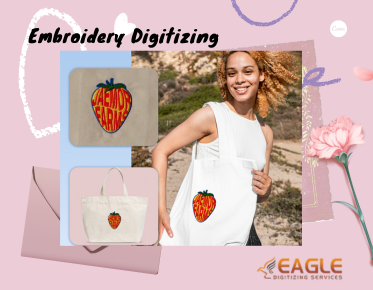Comparing Screen Printing and Heat Transfer
The decision between choosing screen printing and heat transfer can be daunting, as each method comes with its own set of advantages and challenges. Whether you’re a business owner in the apparel industry or a hobbyist passionate about custom designs, understanding the nuances of each method is crucial in making an informed choice.
What is Screen Printing?
Screen printing is a traditional method that involves creating a stencil, or screen, and using it to apply layers of ink onto the printing surface. This method is renowned for its adaptability in producing vibrant, durable designs on a wide array of materials.
One of the main strengths of screen printing is its efficiency in large batch printing jobs. It delivers consistent quality across a broad spectrum of colors and complex designs. Moreover, the results are highly durable and withstand multiple washes, making it a preferred choice for bulk orders in the fashion and merchandising industries.
However, setting up the screen printing process involves more manual labor and skill, as each color requires a separate screen. This setup complexity can make it less cost-effective for small batches or single items.
Understanding Heat Transfer
In contrast, heat transfer printing offers flexibility and is often favored for smaller runs or individualized designs. This method involves printing images on a special transfer paper which is then applied to the fabric using heat and pressure.
Heat transfer is celebrated for its ability to create photographic print quality with complex, multi-colored designs without the need for multiple screens. The process is simpler and faster to set up than screen printing, making it ideal for custom garments, promotional products, or when dealing with multiple designs.
Nonetheless, one downside of heat transfer is that it may not last as long as screen printed designs. The prints might degrade or crack over time, especially after repeated washing, which affects its suitability for workwear or outdoor apparel.
Choosing the Right Method for Your Project
Choosing between screen printing and heat transfer boils down to factors such as volume, budget, and end-purpose of the prints. For instance, if you're running a small business print shop focusing on short runs and personalized designs, heat transfer might be more advantageous due to its ease and lower setup costs.
On the other hand, screen printing could be the better option for scenarios where durability is paramount, as seen in screen printing shops handling large production volumes or customers demanding high-quality, enduring prints.
The Role of Vector Graphics in Printing
Regardless of your choice, having high-quality vector graphics plays a crucial role in the success of your printing projects. Vector graphics allow for scalability and maintain quality across different print sizes. Service providers like Eagle Digitizing excel in converting images into precise, scalable vector files suitable for both screen printing and heat transfer, ensuring that every detail in your design is preserved.
Eagle Digitizing offers a variety of services including raster to vector conversion, vector tracing, and image retouching. Their expertise helps businesses keep up with the demands of trendy and complex designs while ensuring that the final print product is of the highest quality.
Future Trends in Printing Technology
As technology advances, so do the methods we use in the printing industry. The future may open up integration between different printing techniques and involve more sophisticated digital tools to streamline the process. Methods like digital screen printing are beginning to merge the benefits of traditional methods with new technology, providing businesses with more flexible and sustainable options.
Whatever the future holds, staying informed about these techniques and continuously adapting to new technologies will be vital for anyone engaged in the printing industry. Whether it's through adopting the latest vector art conversion services or leveraging online platforms to optimize workflow, the key is to keep evolving and meeting the dynamic demands of the market.


